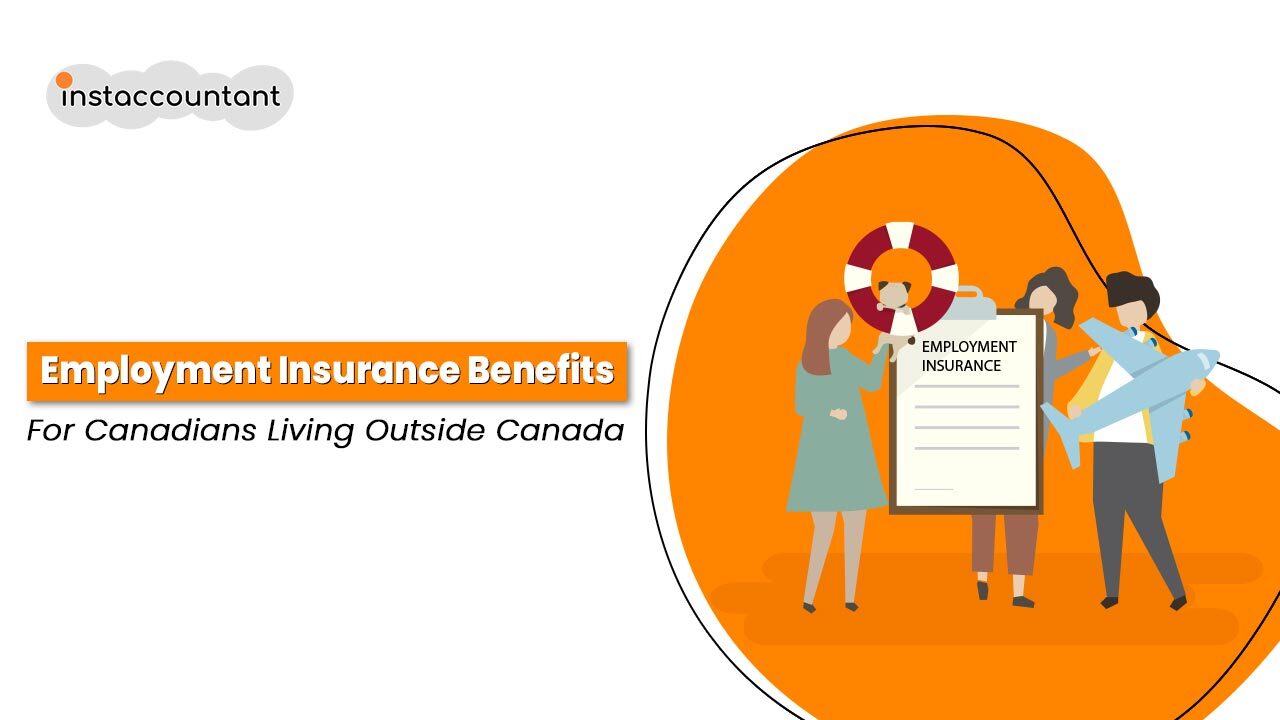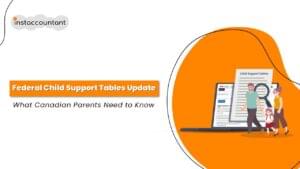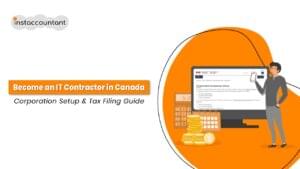In today’s interconnected world, it’s not uncommon for Canadians to find themselves living or working abroad. But what happens when life throws you a curveball and you need to rely on Employment Insurance (EI) benefits? You might be surprised to learn that, under certain conditions, you can still access these crucial benefits—even from outside Canada!
Whether it’s maternity, parental, sickness, compassionate care, or family caregiver benefits, understanding your eligibility is key to ensuring your financial stability during life’s unexpected moments.
Let’s dive into how you can make the most of your EI benefits living or working abroad!
1. Understand Your Eligibility
Before you start the application process, it’s crucial to determine if you qualify for EI benefits. Here are the main scenarios that might make you eligible:
- Last Worked in Canada: This is particularly relevant for individuals who may have left Canada for job opportunities or personal reasons but maintained their connections to the Canadian workforce. The key factor is that your last job was in Canada, which can give you the right to claim benefits. It’s important to note that you must have contributed to the EI program during your employment, as eligibility is contingent upon your contribution history. Furthermore, the duration of your employment and the reason for your departure can influence the amount and type of benefits you may receive.
- Permanent Residence Outside Canada: For those who permanently reside outside of Canada and the U.S., there’s good news! If you are applying for maternity, parental, compassionate care, or family caregiver benefits, you could still qualify. The critical requirement is having a valid Canadian Social Insurance Number (SIN). This connection to Canada ensures that you maintain eligibility for these essential benefits, even from afar. Additionally, you must demonstrate your relationship to the qualifying conditions for the benefits you seek. For instance, maternity benefits require proof of pregnancy, while parental benefits necessitate documentation of the child’s birth or adoption.
- Cross-Border Commuters: If you live in the U.S. and work in Canada (or vice versa), you might also qualify for EI benefits based on your work location. This is particularly relevant for those in border communities, where cross-border employment is common. Commuters may need to provide evidence of their work arrangement, such as pay stubs or a letter from their employer confirming their employment status. Furthermore, cross-border agreements and treaties may influence your eligibility, as they can provide additional context for how EI benefits apply to your situation.
- Special Situations: If you or your spouse work for the Canadian government or Armed Forces while stationed in the U.S., you and your dependents may be eligible for various EI benefits, including maternity, parental, sickness, and family caregiver benefits. This provision acknowledges the service and commitment of individuals working for the Canadian government abroad. It’s important to understand that while these benefits are available, the application process may include additional steps, such as verification of your employment status and the nature of your assignment. Consulting with HR or a benefits advisor within your organization can help clarify your eligibility and guide you through the claims process.
2. Gather Required Documentation
Collecting the necessary documents is essential for a smooth application process. Here’s what you might need:
- Record of Employment (ROE): This document outlines your employment history and is crucial for your claim.
- Social Insurance Number (SIN): Ensure you have your SIN, as it’s required for all EI applications.
- Proof of Residency: If you live outside Canada, you may need to provide documentation proving your current residency status.
- Medical Documentation: If applying for sickness or compassionate care benefits, include relevant medical records.
3. Complete Your Application
You can apply for EI benefits online or through a paper application. Here’s a step-by-step process:
- Visit the Government of Canada’s Website: Go to the official EI section to find the online application portal.
- Fill Out the Application: Carefully complete all sections, providing accurate information about your employment history and the reason for your claim.
- Submit Supporting Documents: Attach any required documentation and ensure everything is organized.
4. Follow Up on Your Claim
After submitting your application, it’s essential to monitor its status. Here’s how:
- Check Online: Use the online portal to track the progress of your claim.
- Respond Promptly: If Service Canada requests additional information, respond as quickly as possible to avoid delays.
5. Understanding the Benefits You Can Claim
As a Canadian living abroad, you may be eligible for several types of EI benefits, including:
- Maternity and Parental Benefits: Available to parents who have recently given birth or adopted a child.
- Sickness Benefits: For those unable to work due to medical reasons.
- Compassionate Care Benefits: For individuals caring for a seriously ill family member.
- Family Caregiver Benefits: For those providing care to a family member with a critical illness.
6. Seek Assistance if Needed
If you’re unsure about any part of the process or need assistance, consider reaching out to:
- Service Canada: They can provide specific guidance tailored to your situation.
- Canadian Consulate or Embassy: They may offer resources or support for Canadians living abroad.
- Consult a Professional: If you’re uncertain about your eligibility or the application process, consider reaching out to a tax professional, an employment lawyer, or a financial advisor who specializes in Canadian benefits.
Remember to be mindful of deadlines for filing your claim. It’s important to file as soon as possible after your last day of work or when you become eligible for benefits. Failure to meet these deadlines can result in a delay or denial of your benefits. In most cases, you should apply within four weeks of losing your job or experiencing a qualifying life event.




